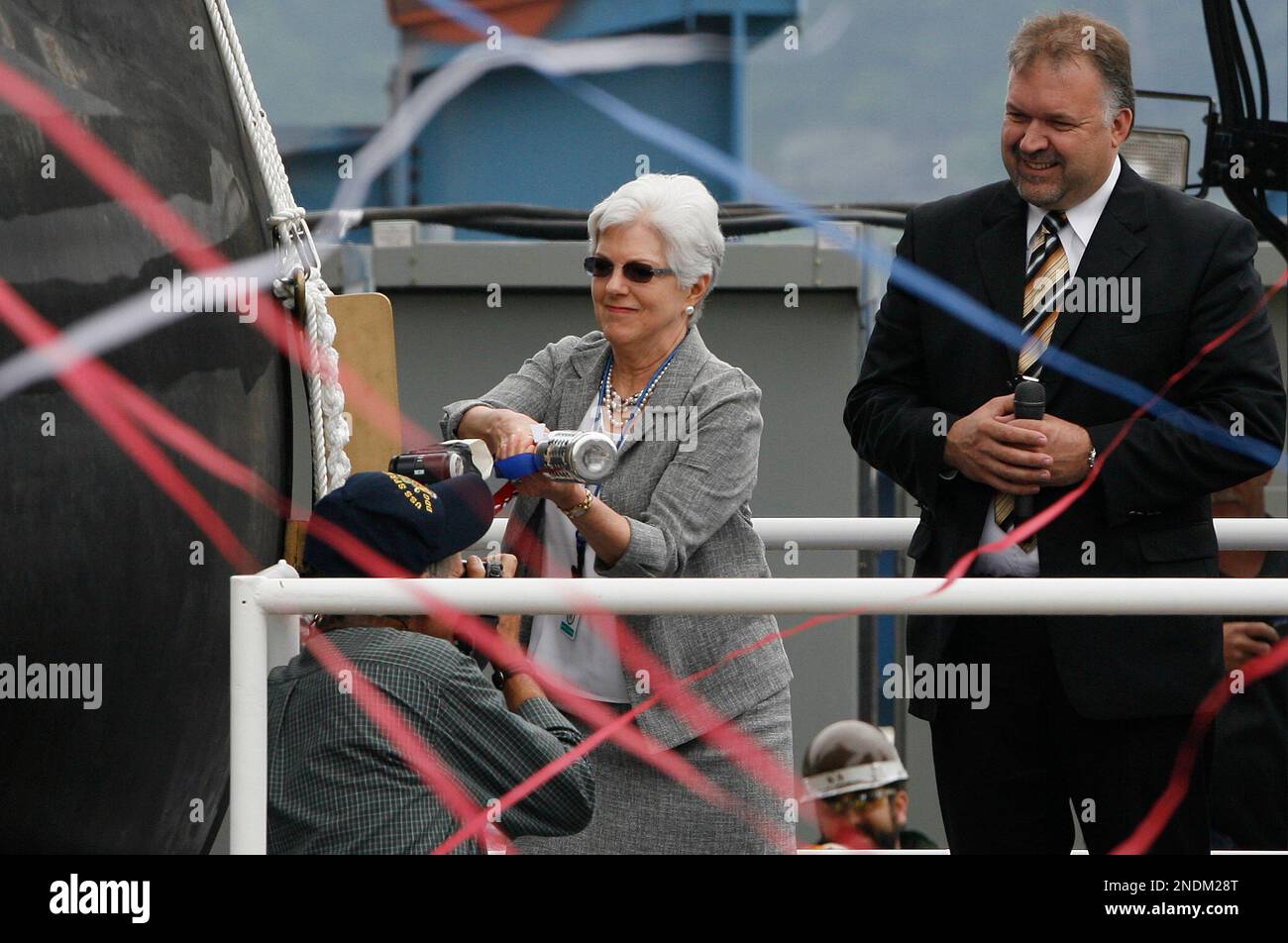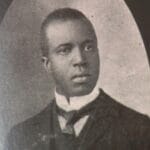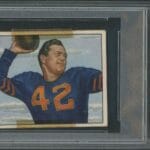Admiral Raymond Spruance: The architect of decisive naval victories at Midway and the Philippine Sea, whose methodical brilliance often overshadowed his flamboyant contemporaries. This article delves into the life and career of this unsung hero, exploring why he deserves to be recognized among the greats of World War II.
Early Life and Rise Through the Ranks
Born in Baltimore, Maryland on July 3, 1886, and raised in Indianapolis, Indiana, Raymond Spruance’s journey to naval prominence began in the public schools of Indianapolis. His path led him to the United States Naval Academy, graduating in 1906. Furthering his technical expertise, Spruance specialized in electrical engineering at MIT, a background that may have contributed to his analytical approach to warfare. His early naval career involved postings on the USS Iowa and USS Minnesota, followed by various assignments and steadily increasing responsibilities. This period provided him with a valuable foundation in naval operations and leadership, preparing him for the challenges to come.
World War II: A Crucible of Command
With the outbreak of World War II, Spruance found himself commanding a cruiser division in the Pacific Fleet. This crucial role placed him at the forefront of the escalating naval conflict. Then came Midway. In a twist of fate, Spruance took command of Task Force 16 in May 1942, replacing Admiral Halsey, who was incapacitated by illness. This unexpected turn of events positioned him at the heart of what would become a pivotal naval battle.
The Battle of Midway: A Triumph of Strategy
The Battle of Midway is often considered the turning point of the Pacific War. Spruance’s calm demeanor and strategic brilliance proved decisive. Facing a numerically superior Japanese fleet, he relied on meticulous planning, careful intelligence analysis, and a deep understanding of his adversary. The result was a stunning American victory, sinking four Japanese carriers—Akagi, Kaga, Soryu, and Hiryu. This triumph against overwhelming odds earned him the moniker “The Quiet Warrior.” Without Spruance’s steady hand, the war’s trajectory in the Pacific could have been drastically different. Historians continue to analyze his decisions at Midway, recognizing their profound impact.
Beyond Midway: Continued Leadership
Midway was but one chapter in Spruance’s remarkable wartime career. He led the Fifth Fleet during the invasions of the Marshall Islands, the Gilberts, and the Marianas, consistently showcasing strategic acumen and unwavering resolve. In the Battle of the Philippine Sea, often called the “Great Marianas Turkey Shoot,” his planning (though the battle itself was executed by another admiral) was likely instrumental in achieving another decisive victory. Each campaign presented unique challenges, but Spruance consistently navigated treacherous waters and fierce resistance to secure victory.
A Distinct Leadership Style
Unlike some commanders who favored improvisation and risky maneuvers, Spruance preferred a methodical approach. Meticulous planning and a thorough understanding of the battlespace were his hallmarks. He didn’t shy away from aggressive action when necessary, but each move was calculated and deliberate. This approach, combined with his remarkable composure under pressure, earned him respect and admiration. His leadership style differed sharply from the more flamboyant approach of Admiral Halsey. While Halsey was known for his daring and risk-taking, Spruance epitomized calculated caution.
| Trait | Spruance | Halsey |
|---|---|---|
| Leadership Style | Calculated, methodical, cautious | Aggressive, bold, risk-taking |
| Public Persona | Reserved, unassuming | Charismatic, outspoken |
| Decision-Making | Deliberate, analytical | Intuitive, decisive |
| Risk Tolerance | Low | High |
This comparison highlights their contrasting approaches and underscores the importance of different leadership styles in different contexts. Ongoing research suggests that Spruance’s meticulous planning may have been even more critical to success than previously acknowledged.
Post-War Contributions and Legacy
Spruance’s service continued after the war as President of the Naval War College, shaping future naval leaders. He retired in 1948, leaving an indelible mark on the Navy. The ongoing debate surrounding a potential posthumous promotion to five-star admiral speaks to his significant yet often underappreciated contributions. Some historians suggest that his reserved nature hindered wider public recognition.
The Fifth Star Debate: Recognizing a Quiet Giant
The question of whether Spruance should receive a fifth star posthumously remains a topic of discussion. Some argue that his impact on the Pacific War warrants this recognition, citing his strategic brilliance and decisive victories. Others point to existing protocols and the historical context surrounding five-star appointments. This debate highlights the complexity of assessing historical contributions and the challenges of balancing individual achievements against established norms. Further research may shed new light on this issue and offer a deeper understanding of Spruance’s place in naval history. You can learn more about Texas history by exploring the Mier y Terán Report.
Conclusion: A Legacy of Quiet Competence
Spruance’s story exemplifies quiet competence, a man who rose to the occasion when his nation needed him most. He was a brilliant strategist, decisive leader, and true embodiment of the Navy’s “silent service” ethos. Though he may remain the unsung hero of the Pacific War, his contributions deserve to be remembered and celebrated. Ongoing historical research continues to explore his impact, ensuring that his legacy endures, inspiring future generations.
- Georgia Platform: A Southern Strategy, 1850s - March 31, 2025
- How many weeks is 40 days: Quick Conversion Guide for Accurate Results - March 31, 2025
- How many feet is 300 meters? 984 Feet: Understand Length Conversions Easily - March 31, 2025
















